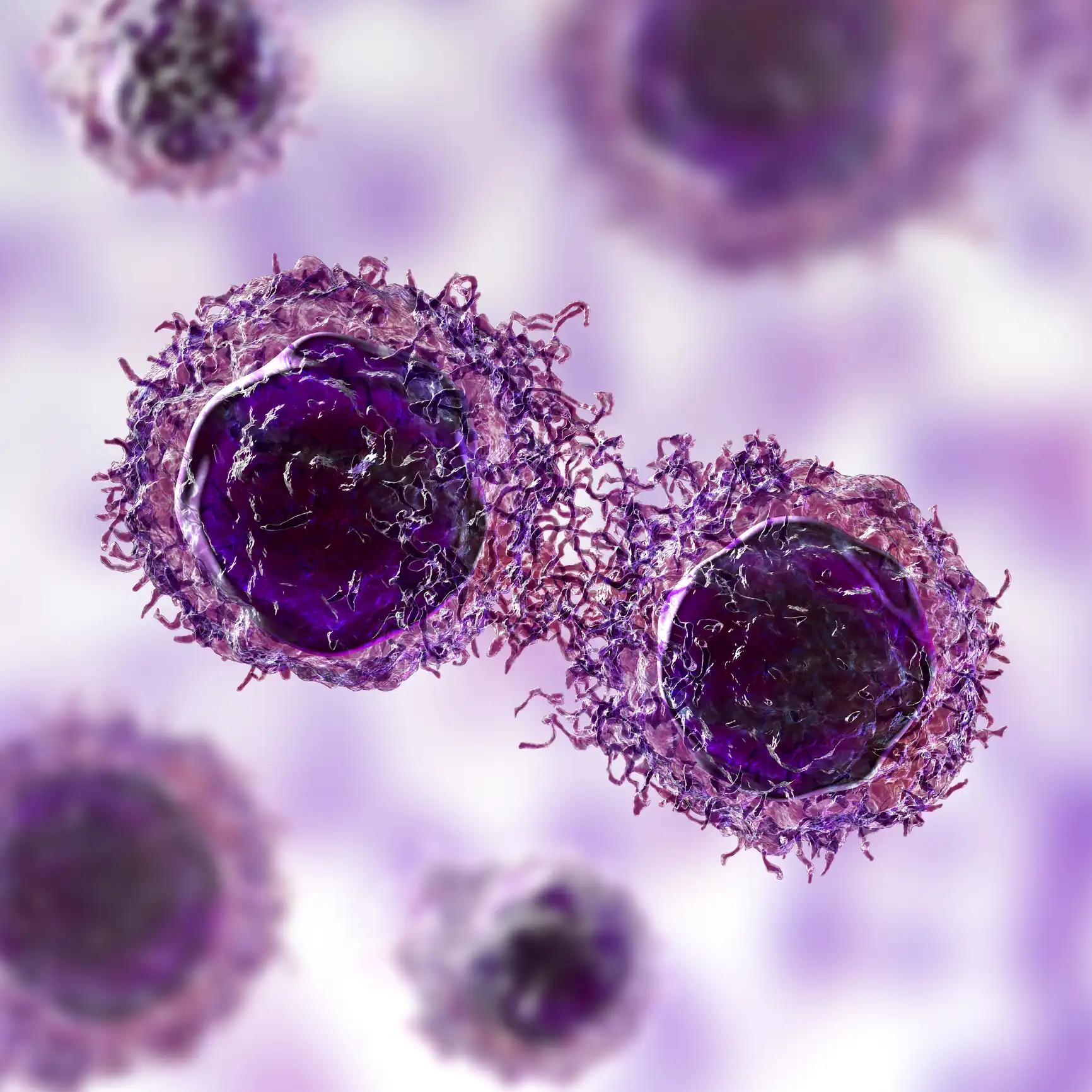KEY TAKEAWAYS
- The study aimed to elucidate Gli1’s involvement in NSCLC therapy resistance through intercellular communication between lung cancer and vascular cells.
- Researchers noticed that targeting the Gli1-bFGF axis is a promising strategy to combat NSCLC angiogenesis by disrupting crucial crosstalk between lung cancer and vascular cells.
Tumor angiogenesis inhibitors are a cornerstone of non-small cell lung cancer (NSCLC) therapy, yet their efficacy is often impeded by drug resistance. This resistance, known as anti-angiogenic resistance (AAD), underscores the importance of intercellular communication between lung cancer cells and vascular cells. Despite its significance, the understanding of this communication remains rudimentary.
Xueping Lei and the team’s previous research has identified Glioma-associated oncogene 1 (Gli1) as a driver of NSCLC metastasis, but its specific role in the crosstalk between lung cancer cells and vascular cells remains elusive.
They performed an inclusive analysis by utilizing conditioned medium (CM) derived from NSCLC cells either overexpressing or knocked down for Gli1 to educate endothelial cells and pericytes. The effects of these media on angiogenesis and blood vessel maturation were assessed through various assays, including wound healing, Transwell migration and invasion, tube formation, and 3D coculture assays.
Additionally, a xenograft model was employed to determine the impact of Gli1 on tumor angiogenesis and growth. Various techniques such as angiogenic antibody microarray analysis, ELISA, luciferase reporter assays, chromatin immunoprecipitation (ChIP), and bFGF protein stability and ubiquitination assays were conducted to elucidate the mechanisms underlying Gli1’s regulation of bFGF expression.
The study’s findings revealed that Gli1 overexpression in NSCLC cells increased endothelial cell and pericyte motility, facilitating angiogenesis. Gli1 knockout in NSCLC cells had the opposite effect, decreasing angiogenesis. Notably, bFGF was discovered as a key mediator of Gli1’s enhancing effect on tumor angiogenesis, with bFGF therapy reversing the inhibitory effects of Gli1 knockdown. Gli1 has been shown to raise bFGF protein levels via enhancing transcriptional activity and protein stability. Importantly, inhibiting Gli1 with GANT-61 significantly lowered angiogenesis.
The study concluded that targeting the Gli1-bFGF axis represents a potential therapeutic strategy for inhibiting NSCLC angiogenesis by disrupting the critical crosstalk between lung cancer cells and vascular cells.
The study was supported by the National Key Research and Development Program of China, National Natural Science Foundation, and the Natural Science Foundation of Guangdong Province.
Source: https://pubmed.ncbi.nlm.nih.gov/38493151/
Lei X, Li Z, Huang M, et al. (2024). “Gli1-mediated tumor cell-derived bFGF promotes tumor angiogenesis and pericyte coverage in non-small cell lung cancer.” J Exp Clin Cancer Res. 2024 Mar 16;43(1):83. doi: 10.1186/s13046-024-03003-0. PMID: 38493151; PMCID: PMC10944600.



